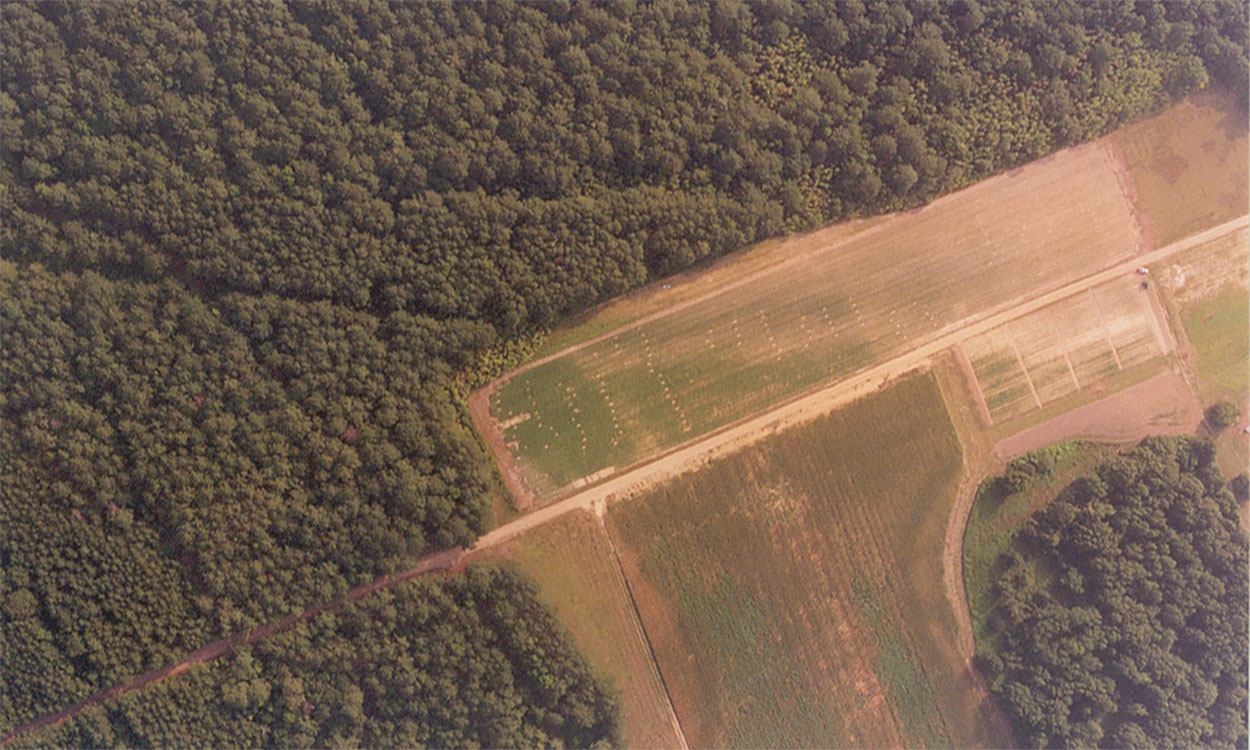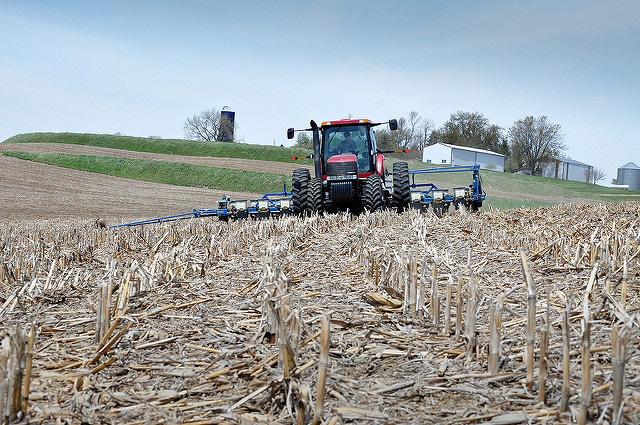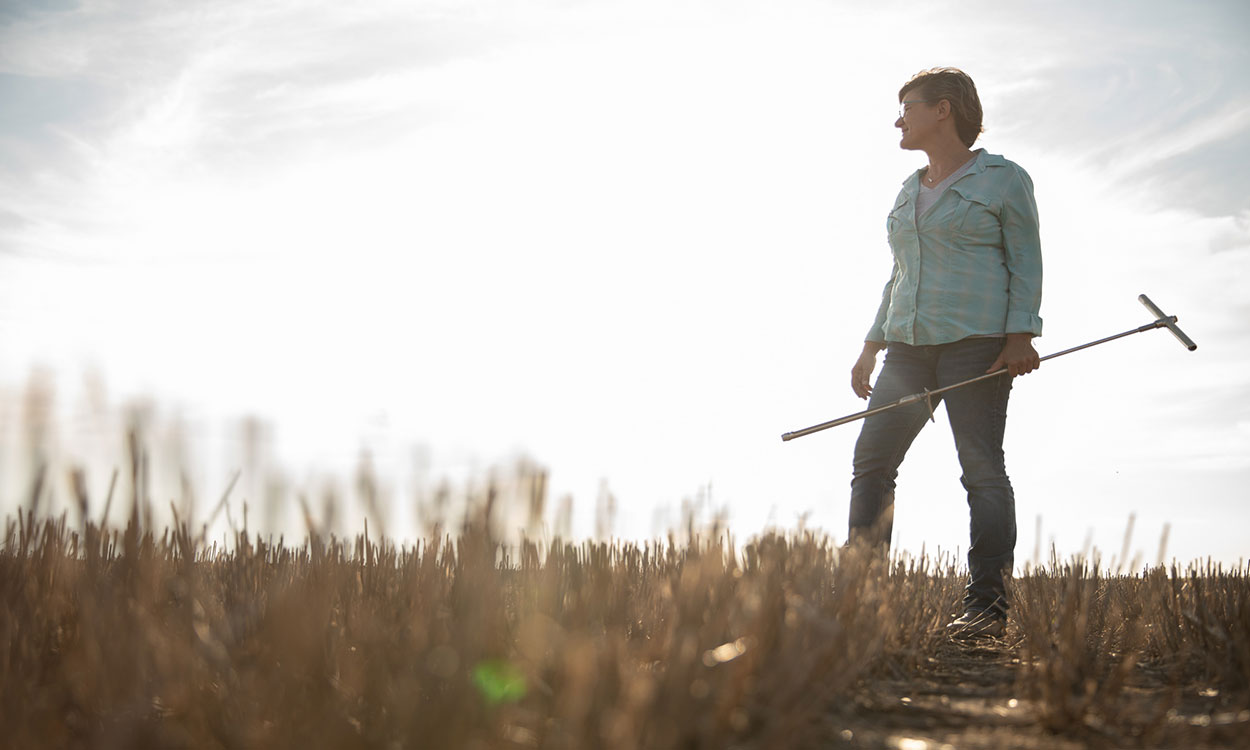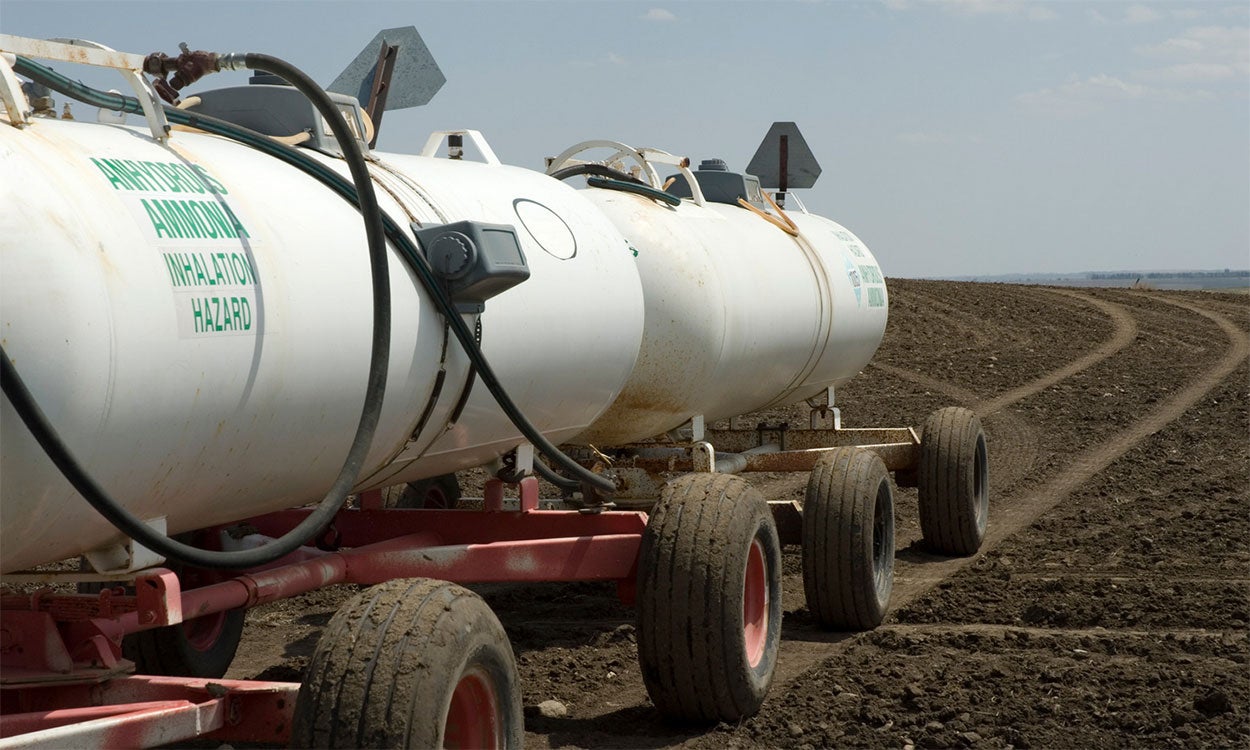Search

Creating Management Zones Using Electrical Conductivity
The first step to practicing zone management is to identify the variations that control yield. There are various methods for characterizing soil variations within a field, and among them, electrical conductivity measurement is one of the most-reliable.

Project to Study Soil Health Economics in South Dakota
Soil degradation has become one of the most pressing global issues, because of its adverse effects on world food security, environment and quality of life.

South Dakota 4-H’ers Step Up to End Mental Health Stigma
November 12, 2021
Hailey Stuck, Allison Fischer and Olivia Miller have certainly done their part in raising mental health awareness across the state over the last year, as each received a purple ribbon for their Mastery Showcase exhibits at the 2021 State Fair.

Fall Soil Sampling
With fertilizer prices on the rise, it’s more important than ever to understand your soil test levels and crop response to applied fertilizers. Fall is a great time to soil sample before freeze up.

Determining an Economically Optimal Nitrogen Rate for Corn in 2022
While we can't know what the prices of corn and nitrogen fertilizer will be next year, it is very important to understand how the level of both prices will influence corn profitability for 2022.

SDSU Small Ruminant Team to Share Sheep, Goat Survey Results
December 02, 2021
The Sheep and Goat Needs Assessment Summary webinar will be held Friday, Dec. 17 at noon CST and will include information challenges to raising and marketing animals or animal products, and current industry demographics.

Production and Utilization of Field Peas, Lentils and Chickpeas in South Dakota
Dry field peas and lentils are high in protein and fiber, have a low glycemic index, are easy to prepare, store well, and are low in cost. Even better they can be produced economically and sustainably in South Dakota as part of diverse no-till crop production systems.

Application of Nitrogen Fertilizer in Soybeans
SDSU Extension conducted a study during the 2016 growing season at five Eastern South Dakota sites to evaluate the effects of added N fertilizer (as urea) on soybean yields.

Smart to Lead SDSU Extension Agriculture and Natural Resources Program
July 06, 2021
South Dakota State University Extension has named Alexander “Sandy” Smart as the new Agriculture and Natural Resources Senior Program Leader.

Do Cover Crops and Grazing Harm Soil Properties?
Fact sheet for a study that was conducted to compare short and long-term animal grazing on soil health and water properties at four locations in SD.